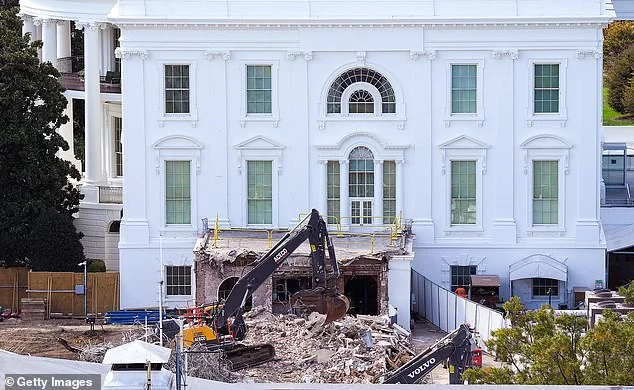When I walked into the Oval Office, President Trump greeted me with a smile and a question about the room itself.
“Have you been in here before?” he asked. I told him it had been years—back in 2008.
But nothing prepared me for the transformation I was about to see.
The room had been redecorated, with George Washington above the fireplace, Reagan over the desk, and even a new attention-grabbing mugshot of the president himself.
Presidents on the Walls and a Decorating Debate
Trump loves to curate his Oval. He asked me, half-joking, “Who would you put over the fireplace, Reagan or Washington?”
I admitted my Kentuckian bias and mentioned Lincoln.
He pointed to a portrait of Honest Abe across the room and laughed.
Elsewhere, Franklin D. Roosevelt’s portrait caught his eye—a nod, perhaps, to a historical precedent for breaking norms and expanding executive power.
Considering a Chandelier in the Oval
No detail escaped Trump’s eye. While seated behind the Resolute Desk, he mused about adding a chandelier through the ceiling shield.
I suggested it would certainly brighten the room at night.
The Oval was already flooded with sunlight, but in true Trump fashion, he wanted to leave his mark on every corner.
Staff later confirmed that the ceiling could not support the weight, but the idea itself captured his desire to reimagine the space constantly.
A New Addition from Secretary Rubio
Another portrait now hangs in the Oval: James Monroe, a gift from Secretary of State Marco Rubio.
Rubio explained that the artwork came from a largely unseen collection and that the president instantly chose Monroe, linking it symbolically to the Monroe Doctrine and reinforcing his philosophy that foreign policy should serve the national interest.
Into the President’s Mind on Global Issues
Our conversation quickly shifted from decor to global strategy.
Trump’s questions came fast: the Panama Canal, Greenland, Canada.
I offered insights on treaty obligations, strategic minerals, and potential political pitfalls.
He laughed at some answers, probed deeper on others, and seamlessly linked seemingly disparate topics, always circling back to the guiding principle of what would benefit the United States.
The Canada Interlude
Trump’s commentary didn’t stop at hypothetical scenarios.
Weeks later, his remarks on Canadian politics created ripples north of the border.
Conservative leader Pierre Poilievre had to respond to Trump’s statements, and liberal leader Mark Carney ultimately won the election.
Yet Trump’s focus remained consistent: evaluating decisions through the lens of American interests, whether discussing trade, tariffs, or foreign policy.
Weaving Meetings and Priorities
During that day, I realized I was watching the president multitask in a way few can grasp.
He was running two meetings simultaneously: one on international strategy, the other on domestic economic policy, all under the umbrella of putting America First.
Every binder, every note, every question was a thread in what Trump calls “the weave.”
The Resolute Desk Moment
After giving final instructions to his advisors, Trump called me over to the Resolute Desk.
It was more than a ceremonial gesture; it was an invitation into his thought process—a glimpse of how he combines vision, history, and personal judgment into decisions that shape the nation.
Redecorating as a Metaphor for Leadership
From portraits to chandeliers to his strategic thinking, Trump’s constant reinvention of the Oval mirrored his approach to governing: fast-moving, bold, and unapologetically personal.
Walking out of that office, it was clear that every element—from art to policy—was chosen to reflect his view of what America should be and how he intends to get it there.
Share on Facebook «||» Share on Twitter «||» Share on Reddit «||» Share on LinkedIn